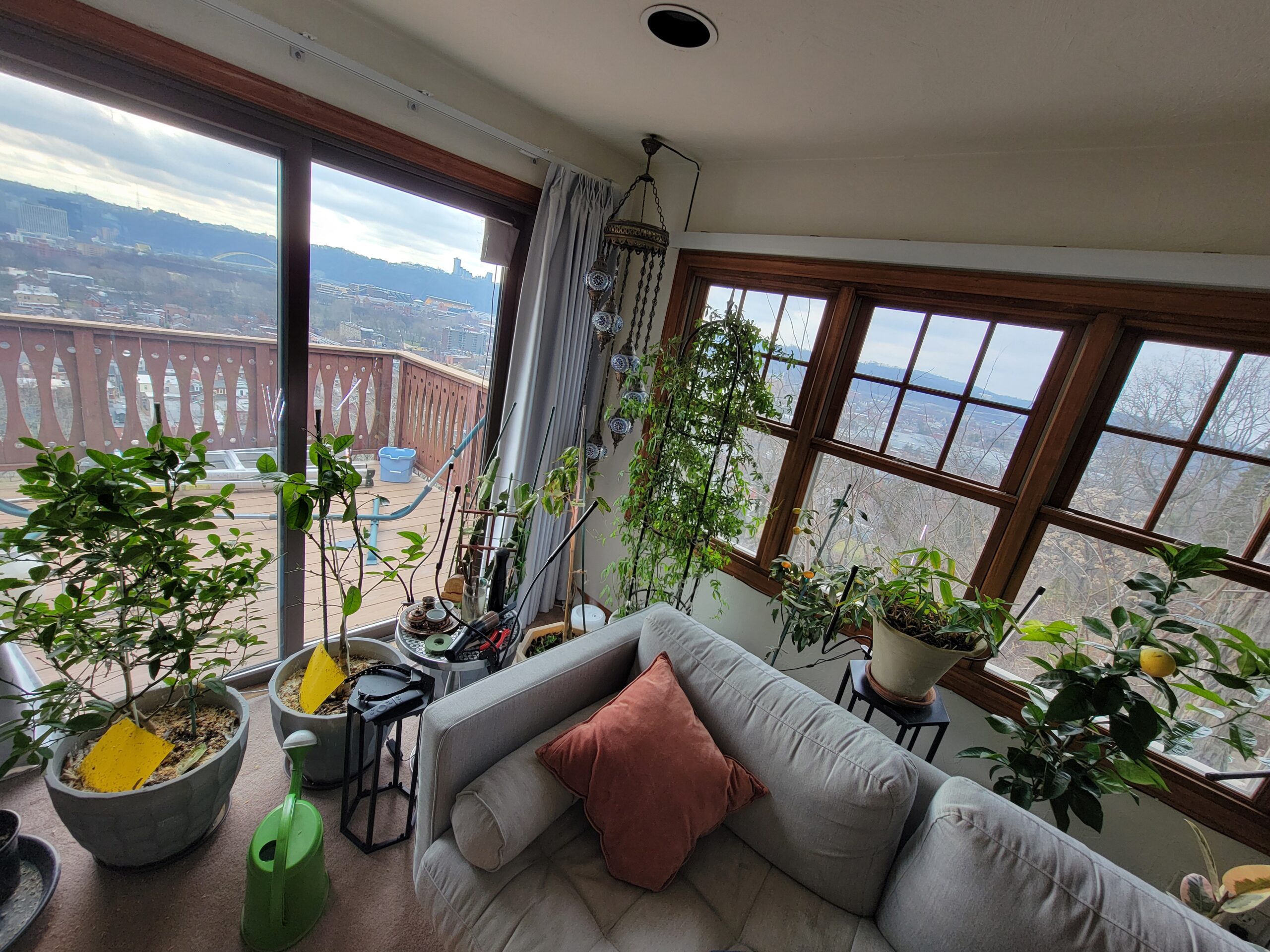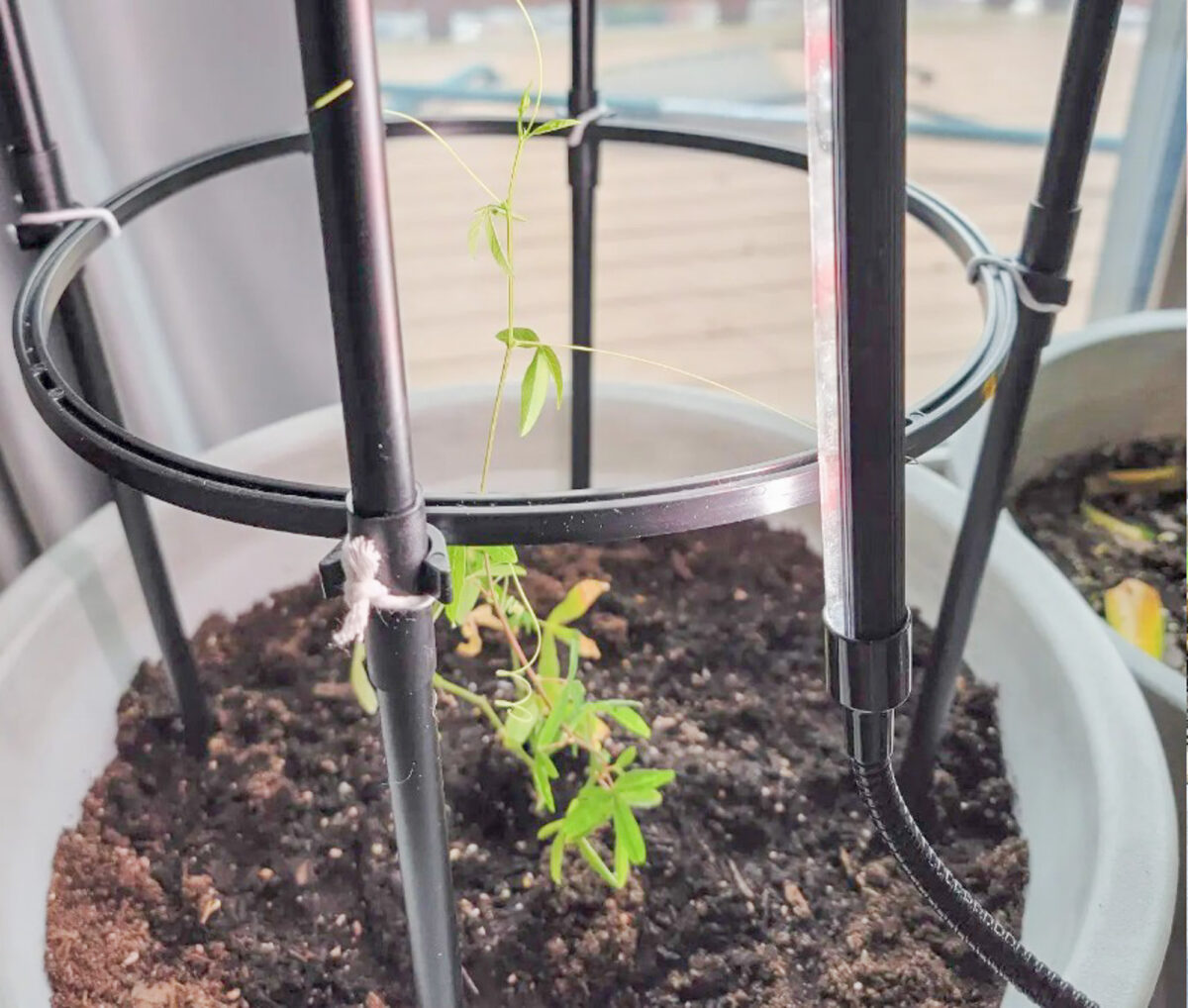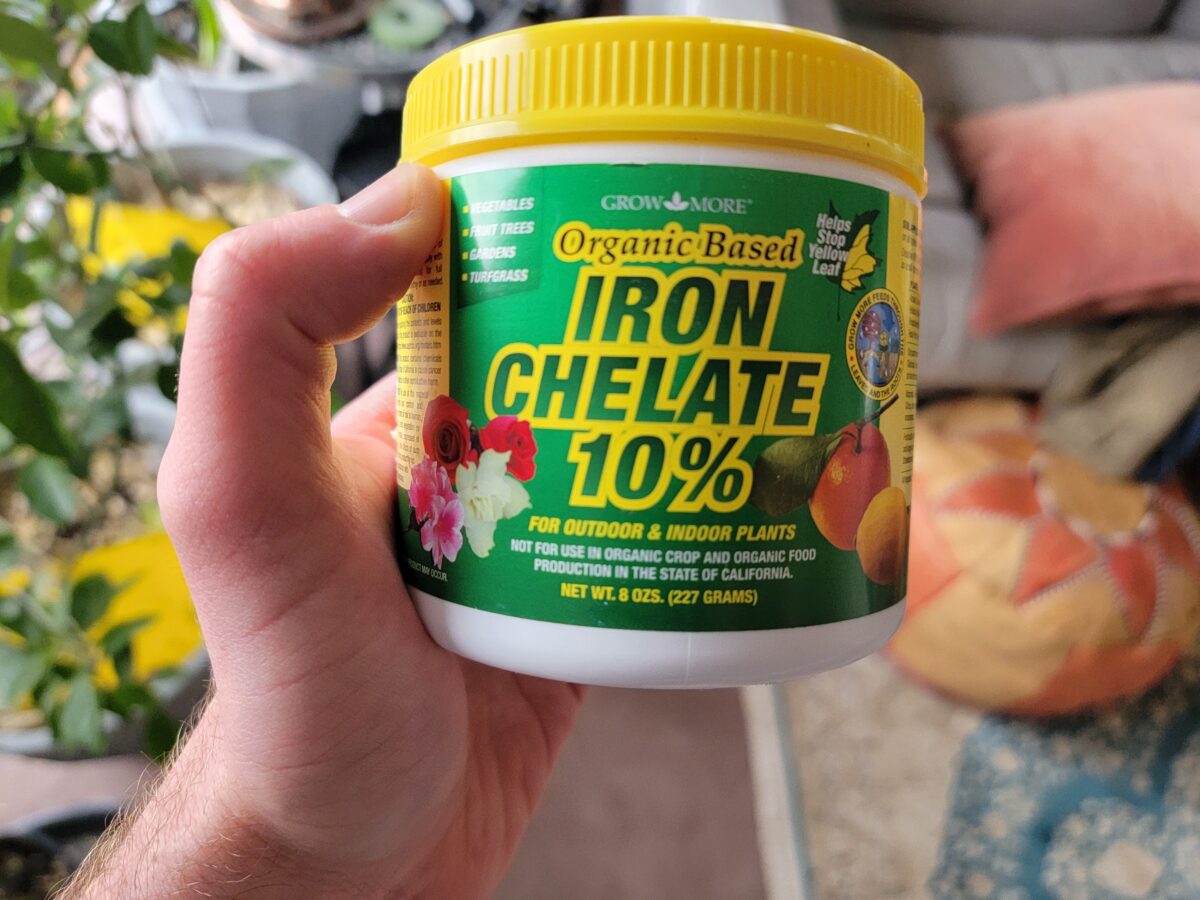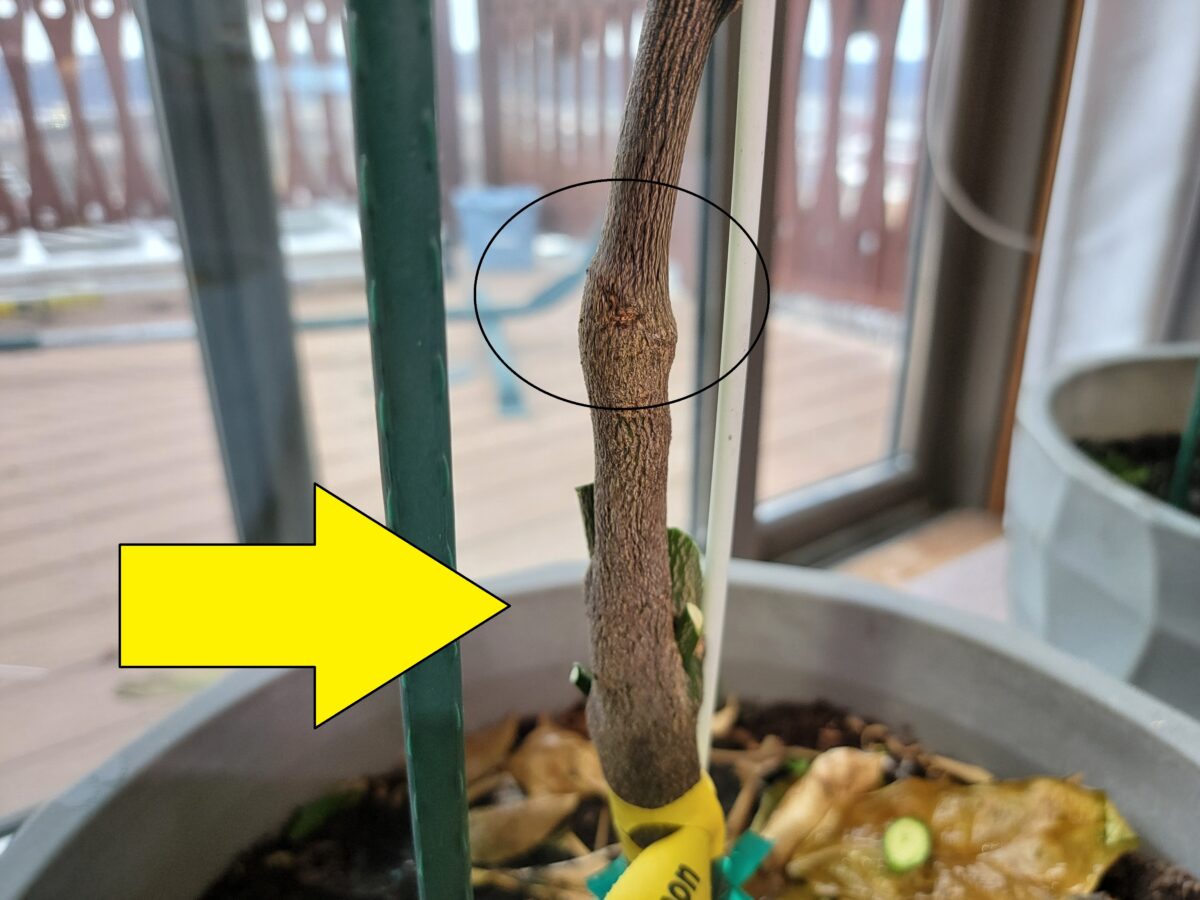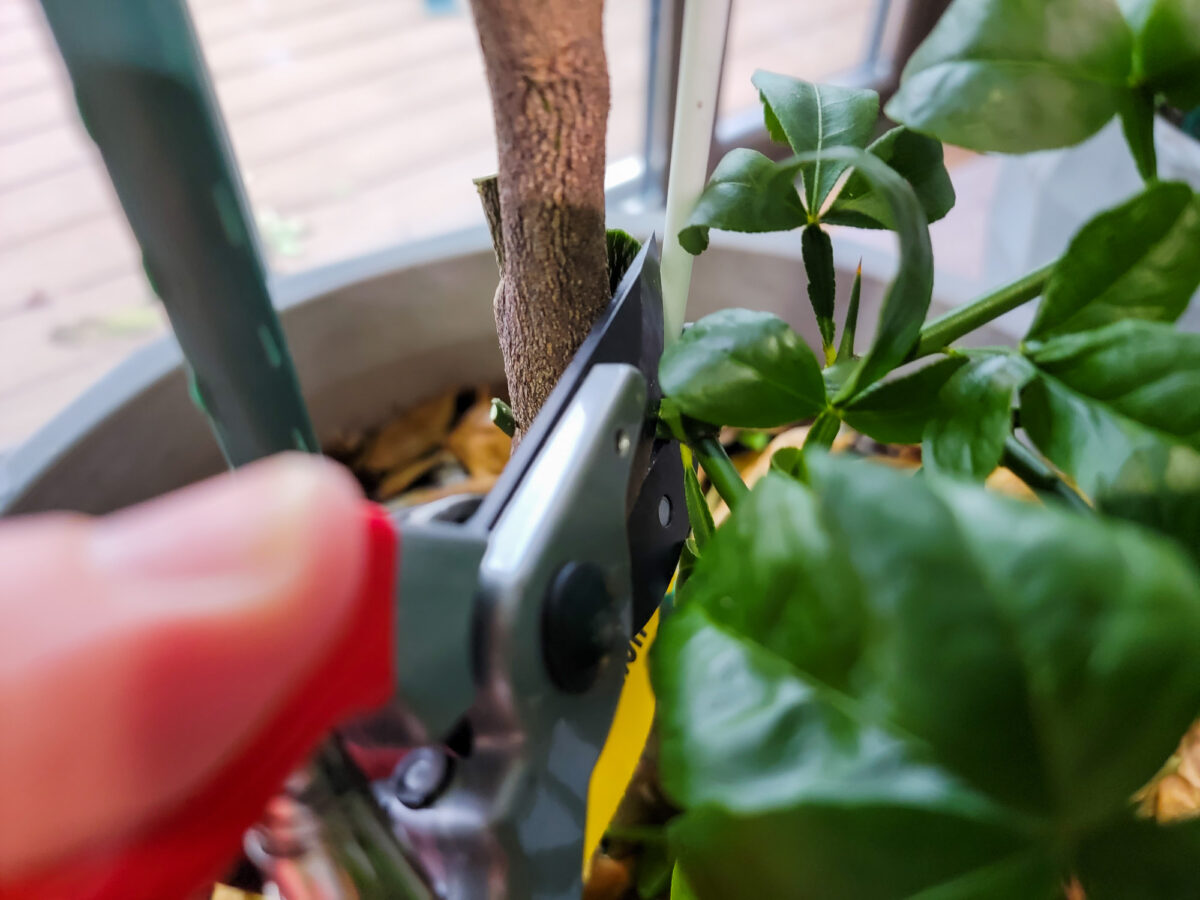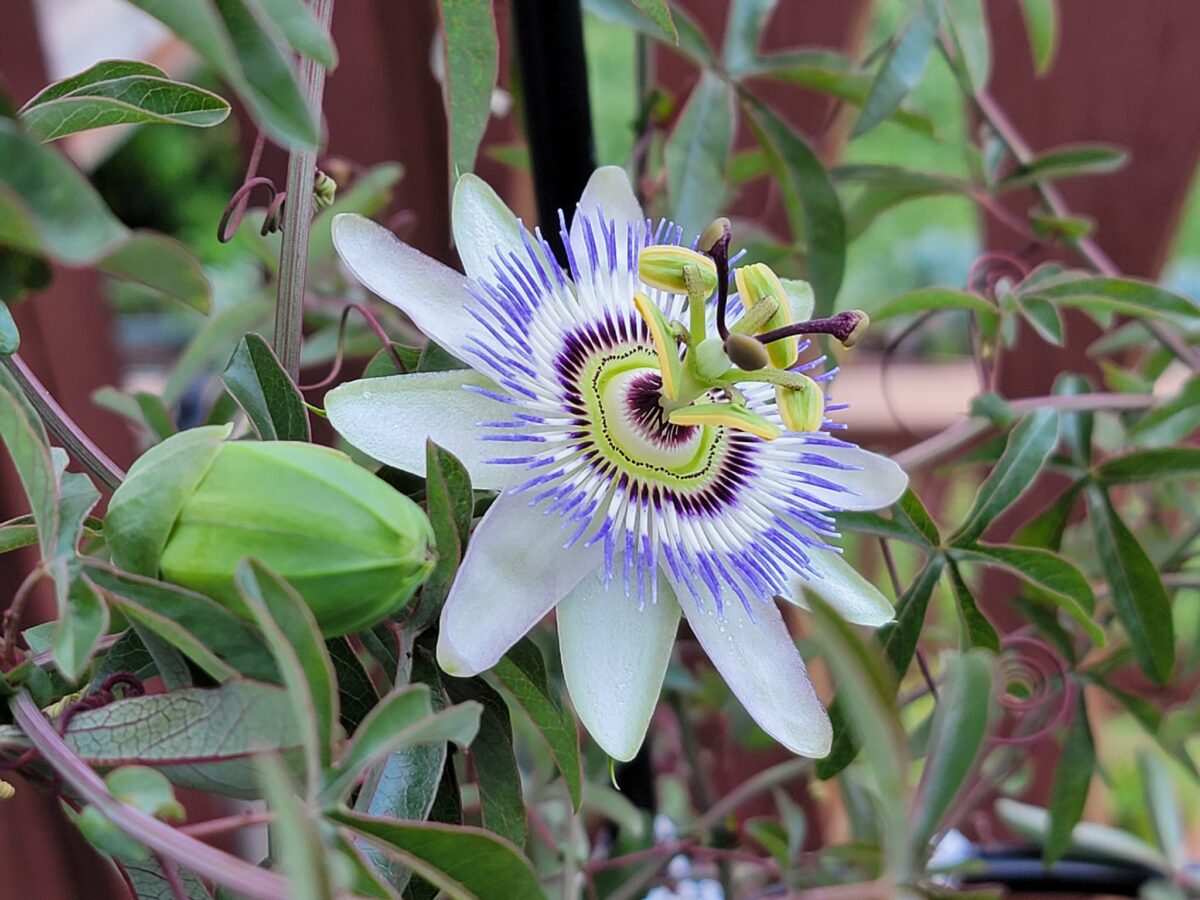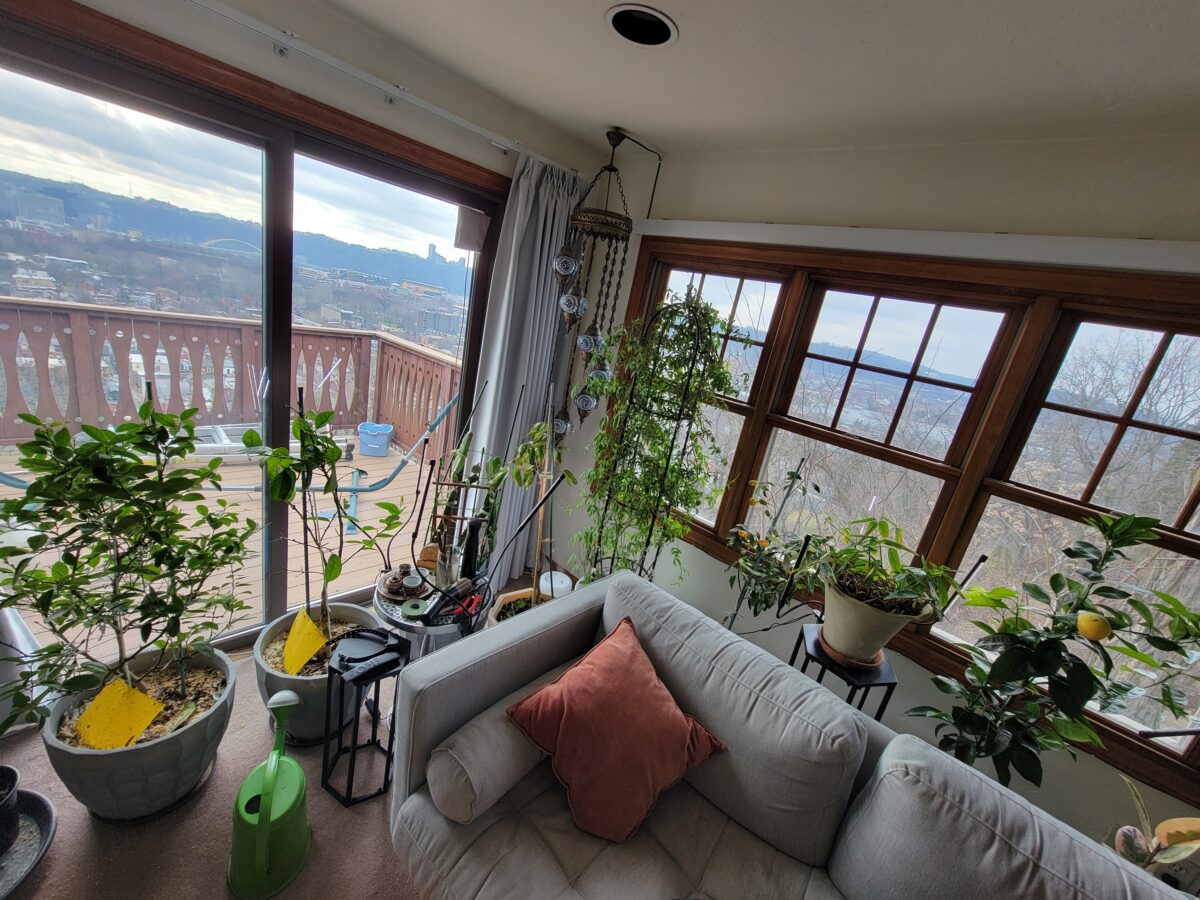Disclaimers: Our site uses demographic data, email opt-ins, display advertising, and affiliate links. Please check out our Terms and Conditions for more information.
I have to admit, I have a bit of a problem when it comes to growing tropical fruit trees at home. I just love growing rare and exotic fruit that is either impossible to find fresh at a local store (or that doesn't cost an arm and a leg in the process).
But as I live in a cooler climate, one most certainly not suited for tropical fruit trees (zone 6b/7), growing these trees is also a bit of a challenge that only the most determined gardeners with ideal growing environments should consider.
In this one, we want to go beyond the basics- checking to see if a plant will do well in your growing zone and if it could thrive in a container or not based on your indoor lighting conditions. We hope (and assume) that you have already checked these things. Here, we want to dive into some considerations to think about once you are committed!
These are truly some of the finer points I wish I knew before getting into growing tropical plants at home.
Soil Type Matters a Great Deal
Before ordering a tropical plant, you first need to look into what kind of soil type(s) it prefers, as this sets the stage for virtually everything else that follows.
There are many conditions to consider here- how fast the soil drains water, what nutrients are present (or absent), the pH, pest concerns, and more. Many tropical plants do not like being too wet, so free-draining soil is often a must, but others have specific requirements to thrive that should not be overlooked.
For those who are planting in a container, this one is a bit easier- simply buy the right soil for your plant. For those who are planting a tree in the ground, this could be a bigger challenge. If your predominant soil type isn't a match, your tree may not thrive or, at worse, it could die!
Do you need to hit every mix 100% per expert standards to allow your plant to thrive? Probably not. But you do need to hit basic conditions like retaining/draining water, pH, perhaps inoculating with Mycorrhizal fungi, and more.
We have done fairly well planting most of our plants that require free-draining soil in a cactus and succulent mix, but whether or not that is a good choice in the long run (and for all of our plant types) remains to be seen.
So, when picking a tropical tree for your home, be aware that soil recommendations matter greatly. Research what your ideal tree likes ahead of time and plan accordingly- even if that means creating a custom soil mix!
- While on the topic of water, we would also recommend looking into recommendations for ambient humidity. Some plants prefer arid conditions, while others prefer some humidity to flourish. You may also need to buy a tiny humidifier, handheld mister, or both!
Identify Necessary Nutrients and Problematic Ones
If there is any topic in this post I wish I researched more before buying tropical fruit trees, it would be this one- balancing nutrient requirements can be quite a pain.
When I first started to get into growing tropical trees, my experience was in more common citrus trees like Meyer lemon and Key lime. My knowledge was simply “apply citrus fertilizer at recommended intervals” and move on. This worked well for those citrus trees, but other tropical trees- not so much.
The main reason is tropical trees can be incredible consumers of one specific nutrient or very sensitive to another- sometimes both! So when I overfertilized my lychee tree and likely shocked it with a far-too-healthy dose of Nitrogen, I panicked and had to right the situation quickly.
This led me down a rabbit hole of researching the nutrient requirements of all the plants I own. Kumquats are consumers of zinc. Lychee is sensitive to Nitrogen. Potassium, Phosphorus, Manganese, and other nutrients also play important factors with specific plants over time, too. Some are even bothered by chlorine and other elements in tap water and prefer rainwater, distilled water, or RO water!
While you may not need to feed younger trees supplements for the first few years, you should be especially concerned with any nutrients they are sensitive to to avoid hurting them as soon as you transplant. So, research the requirements and plan accordingly- every tree can be different!
Next thing you know, you'll be armed to the teeth with supplements like iron chelate, potash, and more- I was!
Rootstocks Are Important to Remember
Generally speaking, you won't be thinking about your tree's rootstock too much. Businesses that propagate trees will do the heavy lifting in figuring out the suitable rootstock for each tree, be it for ideal nutrient uptake, pest concerns, growth management (dwarf trees vs conventional), etc. The sky is the limit here, and thankfully, we don't have to worry about most of these unless propagating trees ourselves.
This one only makes this article because rootstocks can also generate new growth!
This never really crossed my mind until I realized my Key lime tree had two kinds of leaves, which looked odd. Going down a rabbit hole, I discovered that the second set of leaves (trilobed, whereas Key lime leaves are single) were likely from the rootstock. Tracing all those branches back to the trunk led me to a point below the graft line, and we had the source of our problem.
A solid pruning was in order to eliminate all of them, which amounted to well over half of the tree outright!
This is an important distinction because rootstock growth is competition and, when allowed to outgrow your tree (as they so often do), could stunt its growth or even kill it outright if left uncontrolled. You'll likely be left with a tree that produces fruit that is nothing like the one you purchased, and by all accounts, rootstock fruit tastes pretty horrible, too!
So when buying a new tree (and maintaining existing ones), be sure to look for the graft line and check if any growth is coming out below it. Even seasoned gardeners miss this one, as was evident by the fact that our Key lime tree came with rootstock growth on it when it was delivered! When in doubt, it is always good to reach out to the nursery you bought the tree from for advice here.
Learn Growth and Pruning Cycles
Fruit trees are often not a “if you plant it, fruit will come” type of investment, and even more so if you are trying to grow fruits outside their typical zones (as we are with our tropical container trees). In fact, as you likely have guessed by now, a lot of management is necessary to provide conditions that will allow them to grow and, subsequently, flower and fruit (and not just once here, but regularly).
One element you may not think about right away is researching the recommended pruning cycle for your specific tree.
Pruning of a fruit tree has many benefits- cutting a growing section often triggers multiple branches to grow from below, you can shape the tree to be an ideal size and shape for your space, and, for some, pruning is a necessity for fruit to grow outright!
The latter is especially important to understand because some trees only flower on new growth, and old wood that has already flowered may not do so again. For trees like these, regular and managed pruning often encourages more branches to grow (as noted above), allowing for more opportunities to flower and fruit in the next growing cycle.
Other plants may have training requirements that trigger flowering, too.
Our dragon fruit cactus, for example, is trained to allow horizontal arms to grow out and drop downward. One argument we've heard as to why this is necessary is that the nutrients pulled up the cactus begin to pool at the tips when it grows downward and thus trigger flowering after a build-up period. Whether that is the actual mechanism for how it flowers is debatable, but the pruning and training steps that get there most certainly show results- if you don't train the branches of the cactus to droop down, your cactus may not fruit.
Suffice it to say, if you do not know your plant's growing, pruning, and/or training requirements, you may inhibit its production abilities significantly!
There May Be Other Requirements for Flowering, Too
Although pruning and training requirements are often the best (and most critical) to providing conditions for flowering, they are not the only factors. Some tropical plants flower throughout the year and may be triggered by temperature, sunlight, nutrient availability, or watering- possibly by too much or too little!
Drought conditions for citrus trees, for example, sometimes trigger flowering as a survival mechanism- one last-ditch attempt to send out seeds if the plant dies. Others may need a period of cool temperatures to signal that it is time to flower. Some may also have dormancy periods that need to be addressed in tandem.
Lychee is a great example here of needing cold temperatures at a specific time in its dormancy cycle to flower. Did I realize this before I bought the tree? Absolutely not. Am I thankful that I live somewhere that can provide cool temperatures in winter? You better believe it.
As such, it is worth reading about flowering requirements before buying any tree because you need to ensure that you can (and do) provide the necessary conditions to allow your tree to flower at all- some climates just won't work!
Patience is a Virtue
Okay, this one really applies to all gardening and is perhaps something I knew beforehand, but I am throwing it in any way because it is important enough to say one more time- be patient. Growing tropical trees is a long game on the scale of years- not days, weeks, or even months.
Unless you have a condition that is killing your tree in a hurry and needs to be dealt with immediately (the nitrogen shock case on our lychee tree is a good example), the effects of any change will not be seen for quite some time.
Apart from simply waiting to watch the tree grow, when it comes to diagnosing issues like nutrient deficiencies or surpluses, watering too much or too little, and triggering vegetative growth versus flowering, it is a waiting game to see the results of any change.
After pruning the rootstock growth off our lemon tree, it took well over a month for new growth to start to replace it. After flushing our lychee tree to remove excess nitrogen that was killing the leaves, we had to wait a few months before new growth came out due to its dormancy cycles. Even determining if you are overwatering requires, you guessed it, waiting for the tree to dry out before seeing an impact. We could go on.
So while you should keep an eye on your trees until you have all their patterns fully established and accounted for, do not expect anything to happen in a hurry- it won't. The timescale of months, if not years, is often the fastest window for discussion here.
Buy a Bigger Tree if You Can Afford It
Finally, if you are buying a new tree, I'd almost always advocate spending a little bit more to buy a taller tree if one is available. This is because most trees do not produce fruit for the first several years of their life. Some do, but many do not.
You'll likely never know how old a tree is when you purchase it, short of knowing the grower outright to ask, but we could make the argument that tree height is a close enough analog here. The taller the tree, the older it likely is, and the closer to fruiting you'll (hopefully) be.
Spending an extra $20 to $50 to cut off a possible year or two in the wait for fruiting could be an incredibly worthy investment, and some of the trees we've purchased in the past have even been delivered with fruit on it already! Of course, most of that fruit will drop if you shock the tree too much during transplant, but we've been surprised with getting some of the fruit to stay on and ripen all the same.
So when looking at new trees to buy, be sure to check the price points for different sizes. If available, buying a tree that is already at 3 to 5 feet tall over one that is 1 to 2 feet tall could make a big difference.
A Quick Recap to Finish
In this one, we talked about some things we wish we knew before growing tropical trees in our non-traditional climate. To recap, there are many concerns you should be thinking about well before buying a tree at all, each that could be uniquely specific to the tree type outright:
- Soil types and watering schedules
- Nutrient requirements and sensitivities
- What conditions are needed to flower
- Pruning and rootstock concerns
- Dormancy cycles (if applicable)
- …and patience, of course.
We'll admit that this list reads more or less like a “research everything” kind of recommendation, but for those who may be new to growing tropical trees, these are topics you may never have thought about at all!
So before pulling your credit card out and buying that unique tree you've been eyeing, research all of these components so you have a solid understanding of what you are getting yourself into. Otherwise, you risk making a very big mistake that could set back production or even kill a tree outright.
When it comes to growing tropical trees, especially outside of climates they are known to grow in, a little bit of research goes a long way.
Do you have any recommendations for growing tropical fruit trees not covered above? Comment to share!

